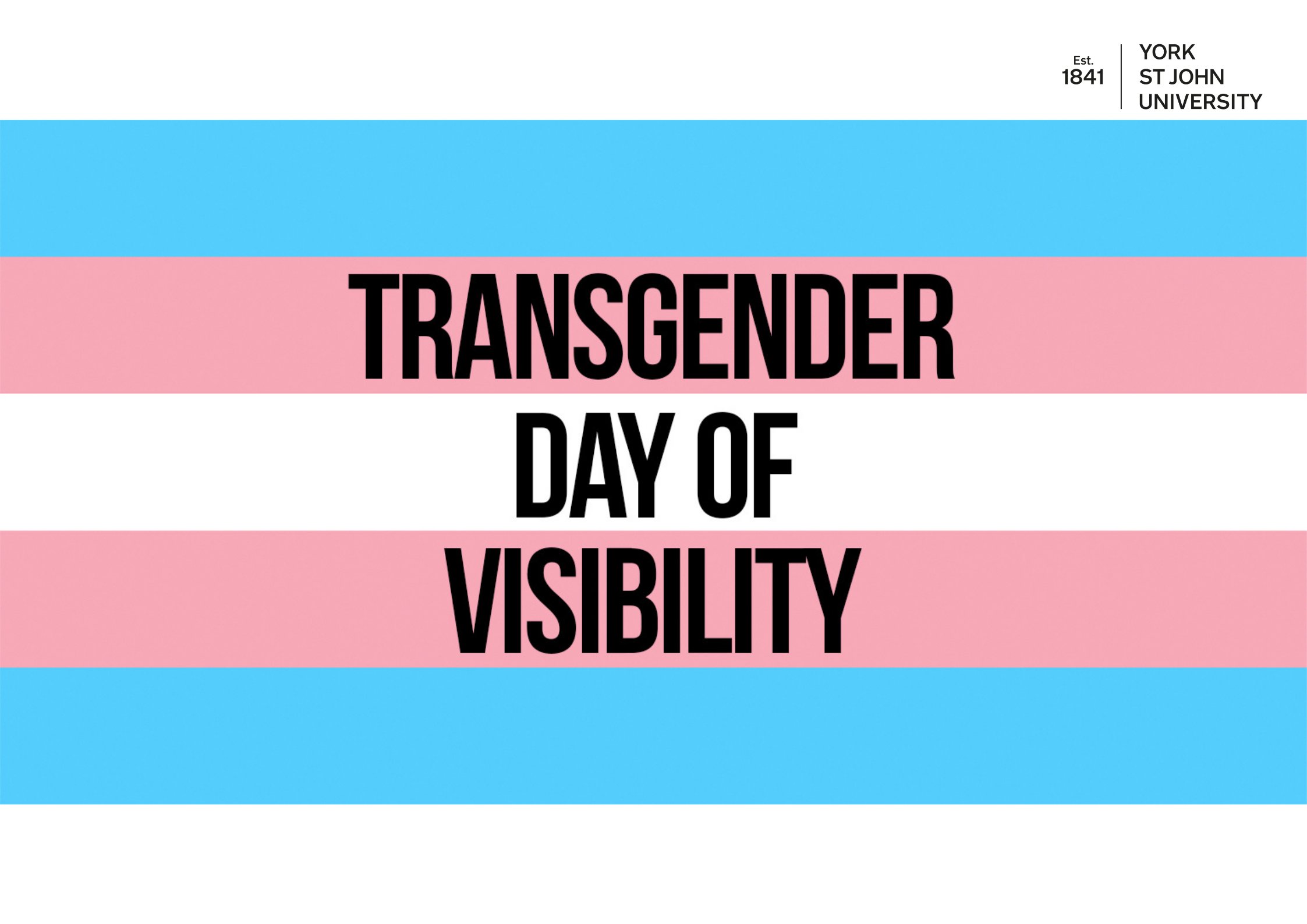Figures able to commune between the natural world and that of humankind are regularly afforded pivotal roles in Max Porter’s novels. In his much-lauded debut, Grief Is the Thing with Feathers (TLS, October 23, 2015), he conjured up a dirty-mouthed crow (flown in from Ted Hughes’s poems) to offer carrion comfort to a grieving husband and his sons. In Lanny (2019), he drafted in the nature spirit Papa Toothwort – a slant on the legendary Green Man – while the dreamy boy protagonist, Lanny, “caught between what’s real and what’s not”, disappears into wild places no ordinary human could reach. The Death of Francis Bacon (2021), the third and slimmest of Porter’s four slim novels to date, was the author’s attempt to translate into words the thick, bloody drama of Bacon’s art, paintings that often display an uneasy anatomical merging of man and beast. (“Man and beast” was the subtitle of the Royal Academy’s Bacon exhibition in 2022.)
Though animals prove just as significant to the plot of Porter’s latest novel, Shy, their shamanic powers have been scaled back. They can no longer directly intervene in the course of things, bring characters back from the “night-edge”, as Porter has it. They can only be what man makes of them.
It is 1995, and Shy is a teenage boy unable to escape trouble’s orbit. His mother describes him “Like a person being devoured / animal that’s in him / skin? On him / trapping him / Shy’s inside, but the skin is also him, so angry, so true”. Bacon’s influence is still visible. This animal skin is destroying Shy. He has been kicked out of school after school, cautioned, arrested. He gets wasted, wastes himself, bottles other teens – “opens a line straight across the top of the kid’s forehead, unzips the skin and watches a sheet of blood fall down like special effects”. (Though presented in the third person, the primary narrative holds faithfully to the register and frame of reference available to a 1990s teenager: “v-plates”, “livid off his tits”, “massive gabber hangar of his night terrors”.) But Shy’s animal skin also draws him closer to what is “true”. Just like Lanny he has access to some deeper reality beneath, or outside, the man-made world – the natural, mystical invariant at the root of all Porter’s fiction.
The primary narrative begins at 3.13am and ends by daybreak. Shy is sneaking out of Last Chance, an unimaginatively named residential school for disturbed young men, and into the fields beyond. He has with him a spliff, his Walkman, ready with his most beloved drum-and-bass tapes, and a “shitty Reebok rucksack” filled to the brim with rocks. He is heading for the lake. The conclusion seems predestined. But out in the blurry dark Shy finds all kinds of warped things to divert him from his path: “white shapes all over the field” that could be stones, but “could also be small white animals staying deadly still”. Later, in the strangest, strongest scene, he is transfixed by two unidentifiable creatures floating lifeless on the black lake. This section reminded me of my favourite moment in Mathieu Kassovitz’s La Haine, released in the year when Shy is set. In the banlieue, in the hours following a riot against police brutality that ends with a young man grievously injured by the police, a cow passes suddenly between the interstices of tower blocks, witnessed only by another young man, Vinz (Vincent Cassel). Its symbolic significance disturbs the hard reality of the film, allowing Vinz momentary respite from the cycle of violence into which he and his friends are being drawn.
With its polyphonic, poetic style – full of portmanteaus, mimetic and onomatopoeic trills (“his heart is bomp-bomp-bomping”, “hahaknackerdboth of them tilting off the sloft surface off of the rworld a bit, wow that was lush, the wordl abit, happy happy K-fucked”) – Shy is everything we have come to expect from Porter’s aesthetic. What is new is the way the various voices are demarcated. In Grief and Lanny distinct characters had monologues, distinguished by page breaks, under character headings. Here changes in voice, in narrative mode, are signposted by alterations to typography and formatting. The main narrative is interrupted by a voiceover from a documentary about Last Chance (right-aligned on the page); punctumless streams of backstory (in slightly larger font); untethered remarks by those close to Shy (in italics); remonstrations from his mother and stepfather (“This is not OK / I can’t believe you are doing this / What a way to behave”) in exaggeratedly massive text, spread across double pages. The multiple viewpoints in Grief (of “Dad”, “Boys”, “Crow”) were carefully balanced, enriching and expanding the emotional bounds of the story. The intrusions in Shy feel bitty, distracting, hanging empty above the narrative like plastic bags in trees.
It might have been braver to do away with these distracting voices altogether, to risk staying wholeheartedly in the mind of a lost and enraged young man. For Shy is the most nuanced, life-like character Max Porter has created yet, with more edge and substance than his predecessors. It feels a shame not to know him better.
Lamorna Ash is the author of Dark, Salt, Clear: Life in a Cornish fishing town, 2020
Browse the books from this week’s edition of the TLS at the TLS Shop
The post Last chance saloon appeared first on TLS.




